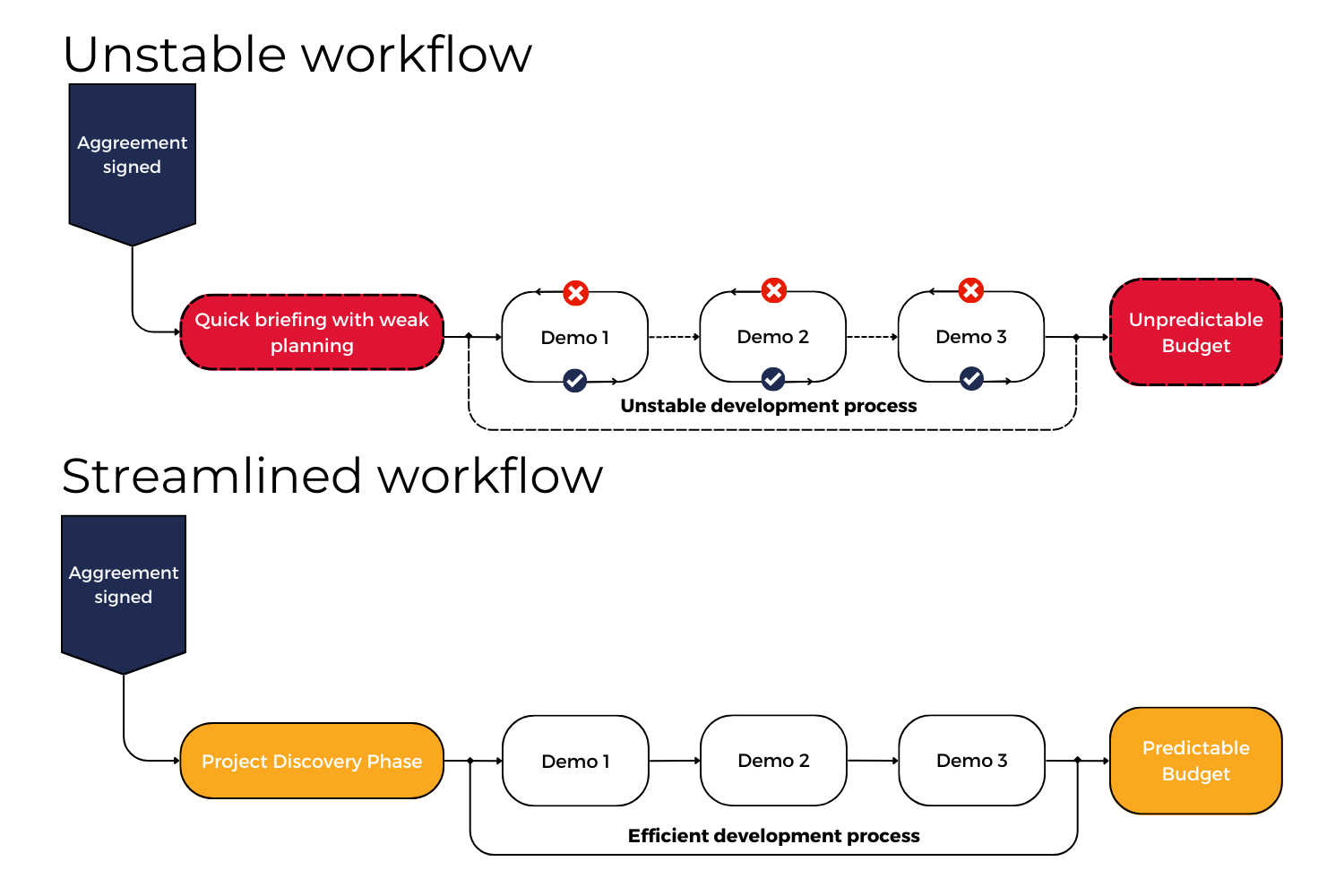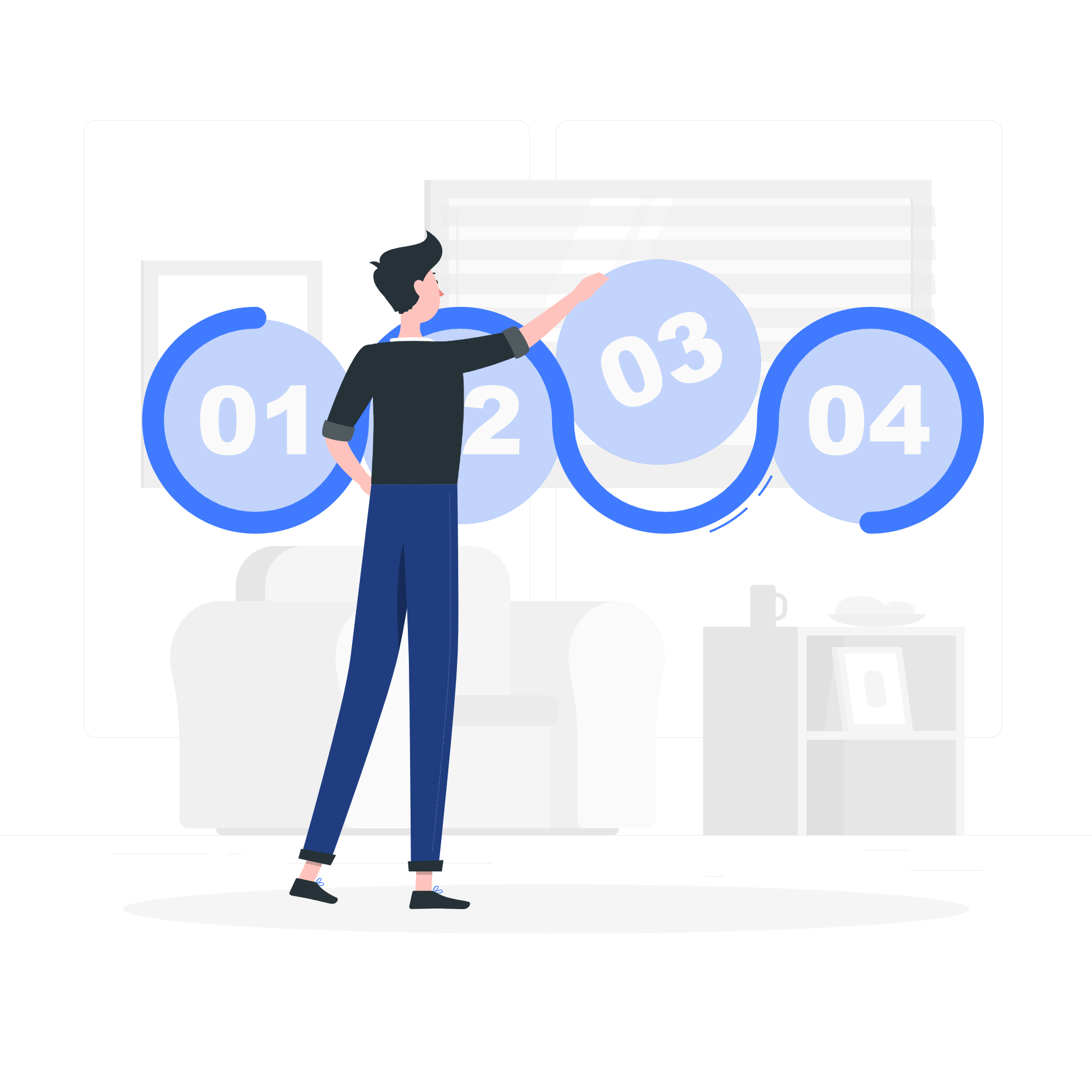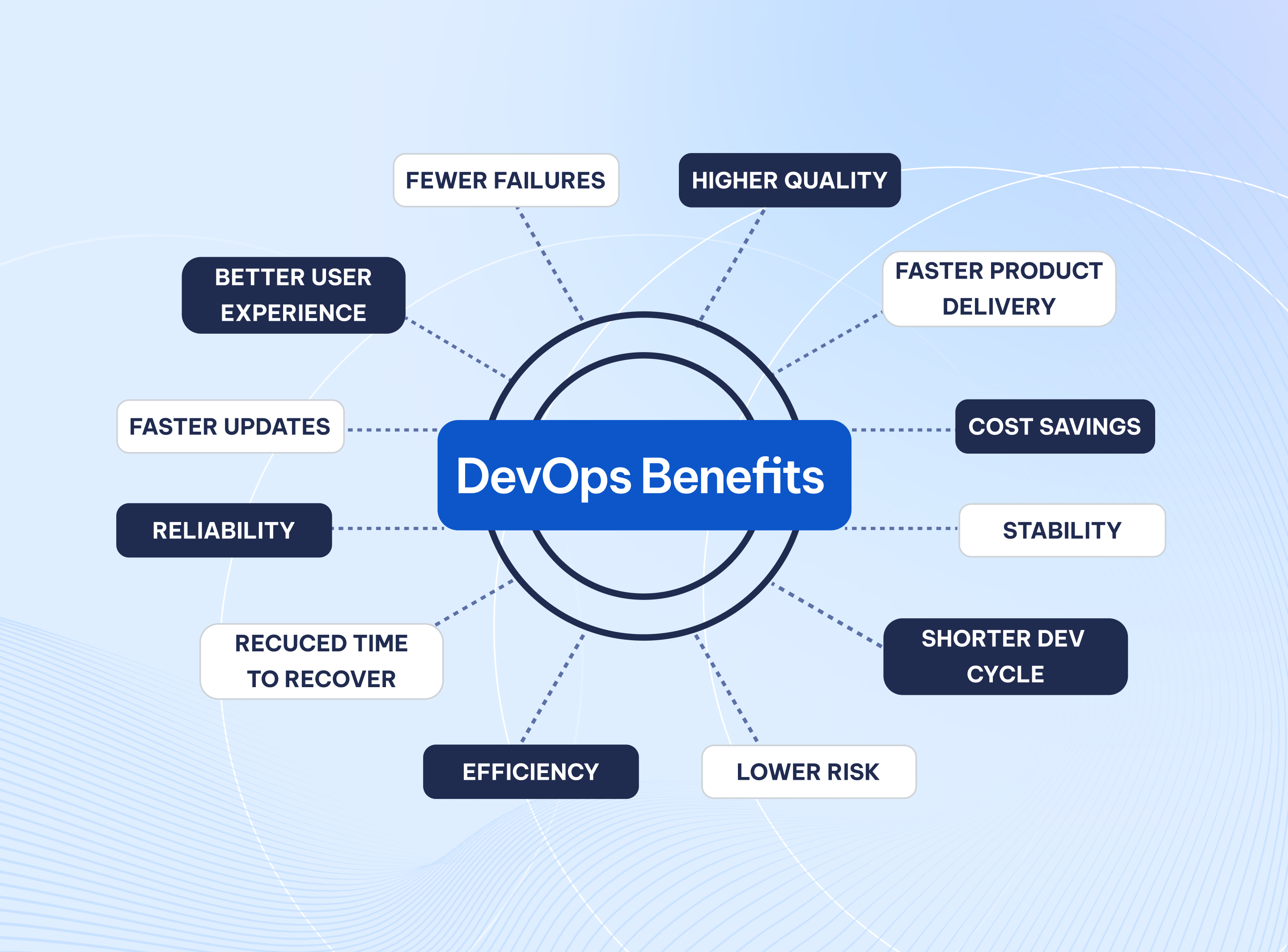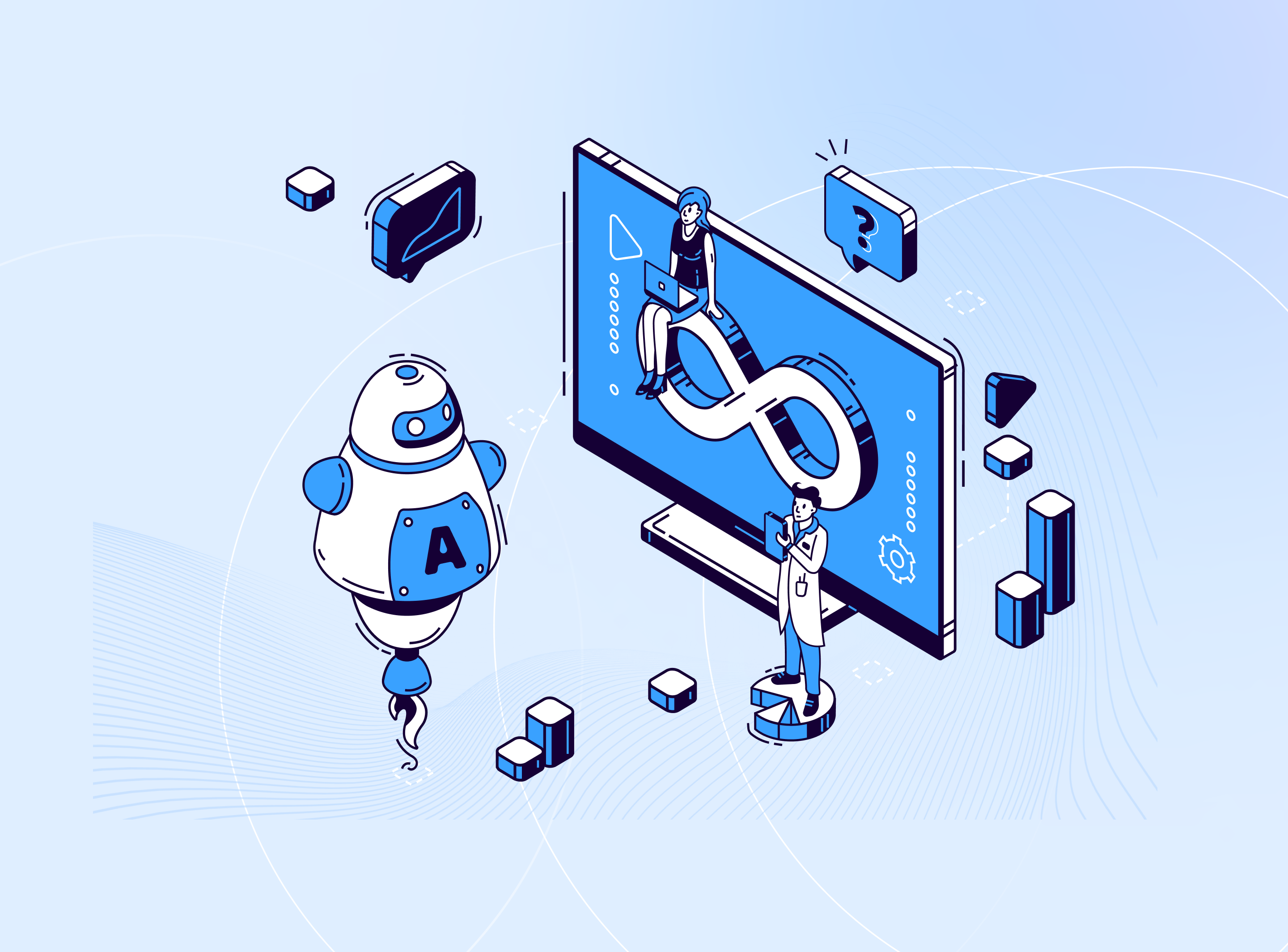Pros & Cons of Different Offshore Packages
Published on Jul 27, 2023
What is offshore development?
Years back, handling all of your work to strangers on another continent might sound like a sketchy decision. Still, thanks to technological advancements, offshore development has slowly become a popular strategic move among startups and even tech giants.
Here is what you can benefit from offshore development:
- No training and administration needed
- Access to global talents
- Cost saving
- Better flexibility and scalability for projects
Think of offshore development as less of delegating tasks to other companies and more of giving your projects to professionals while you and your team can continue to focus on core tasks more efficiently.
What kinds of approaches should you look for when hiring offshore development services?
Many offshore development companies now offer convenient packages that cater to a wide range of requirements, from different project sizes to talent specifications:
For this occasion, we will go over 3 of the most popular models:
- Fixed Priced
- Time & Material
- Dedicated Team
Each model offers a diverse set of budgets and flexibility tailored for different situations, so let’s take a closer look.
Fixed Priced Package
Out of all these service types, the Fixed Priced model is the most straightforward in terms of budget and deadline and is a perfect option for clients who do not want to worry over every little detail.

A Fixed Price Package means the scope, time, and cost of the project follow the fixed-priced model, allowing clients to plan and set their budgets. (People illustrations by Storyset)
While this approach is straightforward and requires little supervision, all changes must go through lengthy discussions and official contract updates/supplements — making it inflexible.
Most companies have different ways to mitigate this roadblock. FABA Technology does it by conducting a Project Discovery Phase— enabling clients and developers to have a stable, well-defined scope and budget.

Here is a summary of what the Fixed Priced Package has to offer:
- Pros
- Predictable cost and budgeting
- Clearly defined scope of work
- Little management effort from the client
- Lower financial risk
- Deadline guarantee
- Cons
- Limited flexibility
Best for: Small projects (or projects that are divided into smaller scopes) with clear, laid-out details that are not likely to change too much during development.
Time & Material Package
Another commonly used model popular for projects with unstable scopes and workloads is the Time & Material approach (also known as a Managed Contract).

With this model, the offshore team would be able to work on a project depending on the client’s needs at the time and be paid depending on the workload, be it 20 hours or 30 hours a week, allowing clients to fully utilize offshore services even when their workloads are unstable. (People illustrations by Storyset)
This method also lends a level of flexibility to many procedures and allows the offshore team to quickly start and respond to the project – a perfect solution for on-demand tasks that may need immediate attention.
Moreover, unlike the fixed-priced model, changes in the project are easier to handle with this approach, so clients and service providers can freely discuss how to proceed and whether they should adjust the estimated timeline.
On the other hand, this method requires constant supervision from the client’s side to ensure that both budget and finishing timeline do not spiral out of control, as most of the project’s responsibilities are heavily weighted toward the clients.
Because this model is usually used for small requests or on-demand tasks, most offshore companies would put projects following this approach as low-priority — which can sometimes lead to a lack of immediate availability.
Below is a more concise view of what the Time & Material model has to offer:
- Pros
- Greater flexibility for changes
- Fast start and response time
- Adaptability to evolving project requirements
- Suitable for projects with unstable workloads
- Cons
- The final project cost and timeline are uncertain and could spiral out of control without active supervision
- Lack of immediate resource availability
Best for: Projects with unstable or light workloads such as maintenance tasks.
Dedicated Team Package
For long-term projects that have intense workloads and require a full-time commitment, clients should go with the Dedicated Team approach.

This approach means having a more permanent and personalized support group. This team of professionals is picked by the offshore partner to be fully committed to the client on a long-term basis. (People illustrations by Storyset)
Clients also have a say in how this team is formed, with both team composition and resource allocation tailored to the project’s requirements.
A perk of using this approach is knowledge retention — making the offshore team more efficient and effective on a particular project in the long run.
Despite its cost-effectiveness, this model requires a tighter level of client-side management to ensure no security risks and the offshore team’s performance stay consistent throughout the contract.
Here is a shortened version of what to expect when using a Dedicated Team approach:
- Pros
- Allow immediate hiring for a team of talents that could have taken months/years when hiring for an in-house team
- Because team management is done on the offshore partner’s side, it is easy for the client to scale the team depending on the projects’ needs
- Full control over the team composition and resource allocation
- Seamless integration with the client's in-house team
- Long-term partnership and knowledge retention
- Cons
- Higher initial investment
- Higher security risk from other models because of closer collaboration
Best for: Companies looking for immediate expansion and have good in-house managers (CTO, Project/Product Manager, …) to manage and validate additional teams.
Closing
Hiring an offshore team has become increasingly normalized, and it is best to take advantage of it as soon as possible. But research carefully about the offshore team’s style and available packages to ensure that they align with your requirements. Proper usage of offshore development can help you save a lot of time and money in the long run.
FABA Technology can help you optimize your options for the highest-quality offshore development service experience. Reach out to us for a free consultation here.










